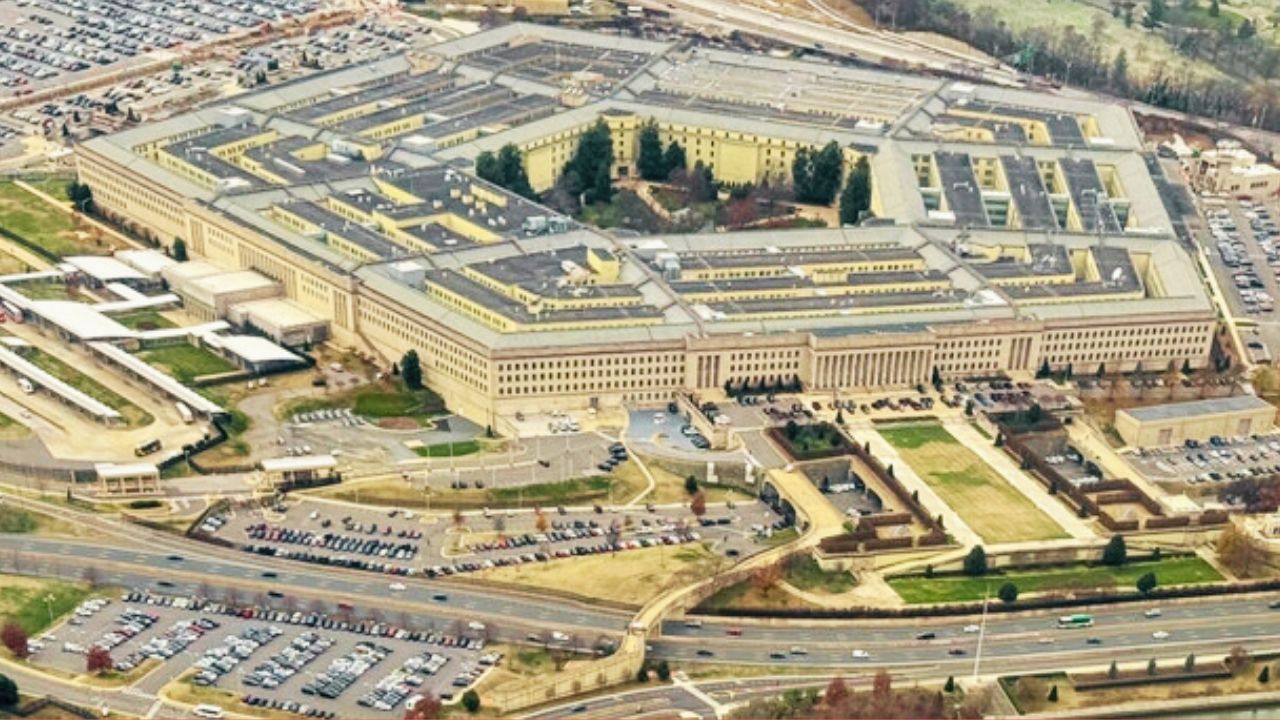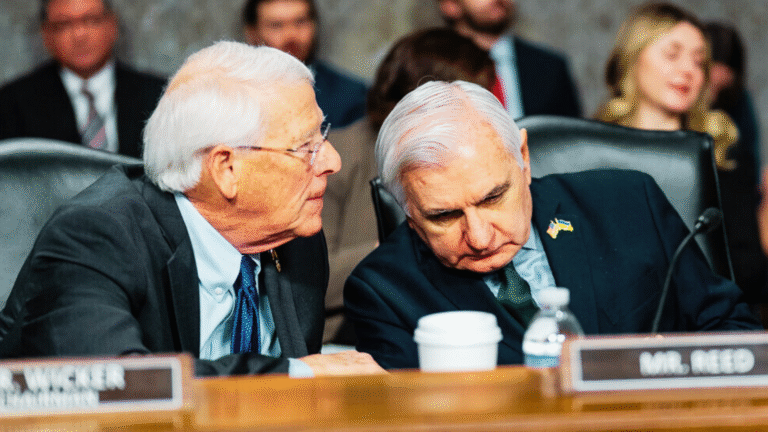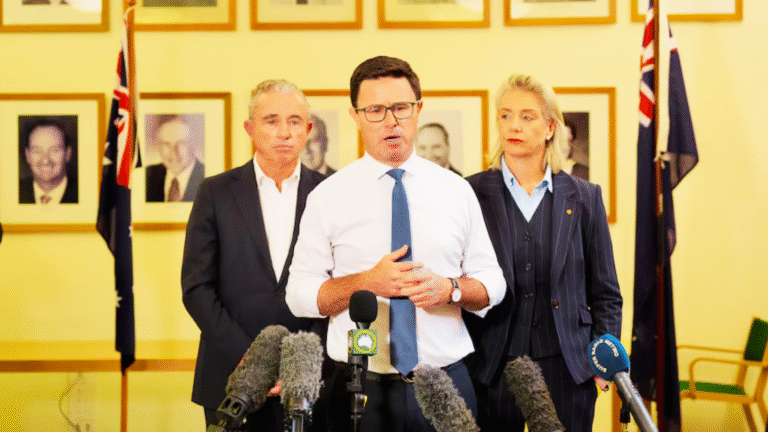In a surprising move that could reshape America’s military landscape, the Trump administration has directed senior military leaders to devise a plan for staggering cuts to the defense budget. Reports indicate that these reductions could amount to an annual cut of eight percent, totaling approximately $290 billion over the next five years.
Defense Secretary Pete Hegseth has reportedly instructed the Pentagon to outline these deep cuts in a recent memo. Currently, the Pentagon’s budget for 2025 stands at around $850 billion, a figure many lawmakers, regardless of party affiliation, deem essential for countering threats from global powers like China and Russia.
If the proposed cuts are fully realized, the military budget could dwindle to about $560 billion by the end of the five-year period. While specifics on where these reductions will occur remain under wraps, earlier reports suggest that junior civilian staff, rather than uniformed personnel, may bear the brunt of the cuts.
This news follows a visit from Elon Musk’s Department of Government Efficiency to the Pentagon, hinting at an evolving approach to military spending that may encounter significant pushback from both military officials and Congress.
Interestingly, Trump recently expressed support for a House bill aimed at boosting the defense budget by $100 billion, highlighting a stark contradiction to the cuts envisioned by Hegseth. This inconsistency further complicates the administration’s calls for NATO allies to elevate their military expenditures to five percent of GDP—a target that would become increasingly elusive if the Pentagon’s budget is slashed.
The reaction from the defense industry has been immediate, with stock prices for major contractors taking a hit. Lockheed Martin saw a brief drop, Northrop Grumman fell nearly two percent, and Palantir closed down over ten percent.
Hegseth’s memo outlines a tight deadline, requiring proposed cuts to be finalized by February 24. Notably, it specifies that 17 categories should remain exempt from reductions, including operations at the US-Mexico border and modernization efforts for nuclear weapons and missile defense systems. However, key commands like European Command, which has been pivotal in US strategy amid the ongoing war in Ukraine, are notably absent from the exemption list.
In his memo, Hegseth emphasized the urgent need to revive the military’s warrior ethos, rebuild its capabilities, and restore deterrence. He asserted that the budget must support a robust fighting force while eliminating unnecessary spending and bureaucratic excess.
As President Trump continues to advocate for drastic cuts to government spending and reevaluation of US support for Ukraine, the implications of this proposed military budget overhaul will reverberate through the halls of power and the global stage. The coming weeks will reveal whether this bold strategy can withstand the scrutiny and opposition it is likely to face.+











+ There are no comments
Add yours